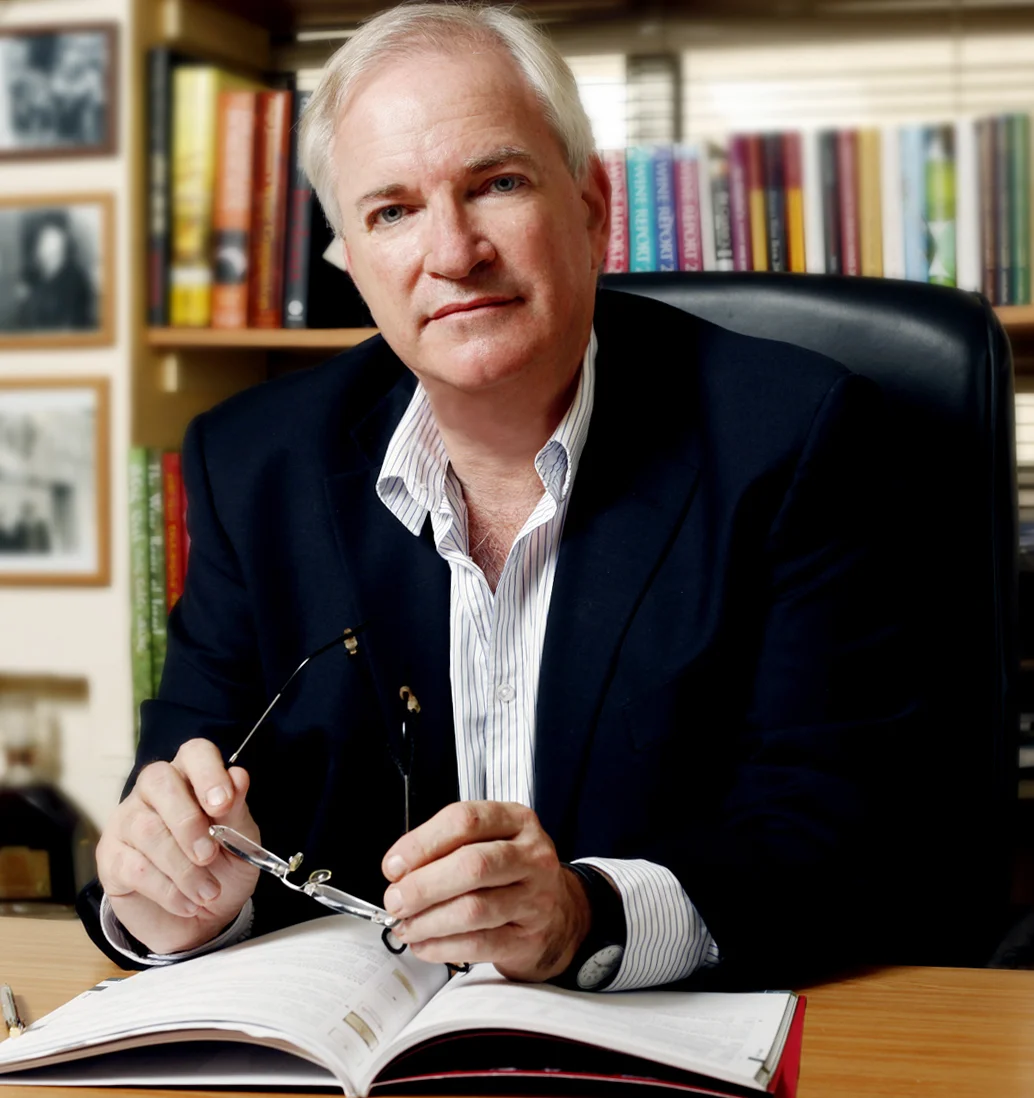Goats near Kibbutz SdeBoker. Photo by Dafna Tal, courtesy Israeli Ministry of Tourism and Creative Commons
“Each morning, until his death in 1973, Ben-Gurion strolled along the edge of the massive and marvelous canyon known as Nahal Tzin by Sde Boker, deep in thought.”
David Ben-Gurion, Israel’s first prime minister, “retired” to the Sde Boker kibbutz in 1953; though he would soon return to politics, he maintained a home here for the rest of his life. He had an abiding faith that the people of Israel would follow him into the desert and would find ways to turn it into a rich and fertile land—in his famous words, Israelis would “make the desert bloom.” Of course, this would take time: over the years, agricultural methods have been developed that allow for successful orchards and farms here; research and development stations have been created; vibrant academic centers have arisen in the Negev. And—just as Ben-Gurion foresaw—there has been some migration from Israel’s crowded and hectic cities to the calm of the desert.
Each morning, until his death in 1973, Ben-Gurion strolled along the edge of the massive and marvelous canyon known as Nahal Tzin by Sde Boker, deep in thought. Although Ben-Gurion seems a faraway fixture in history somehow, in fact this was not so long ago. The desert home where Ben-Gurion lived can still be visited: everything is as it was when he and his wife, Paula, were here: the books on the shelves, the spartan furniture, the intimate rooms. Outside, David and Paula Ben-Gurion’s tombs overlook the broad Nahal Tzin, its ridges and hills unfolding to the horizon, glowing yellow and coral pink. It is one of the most spectacular views in the country.











